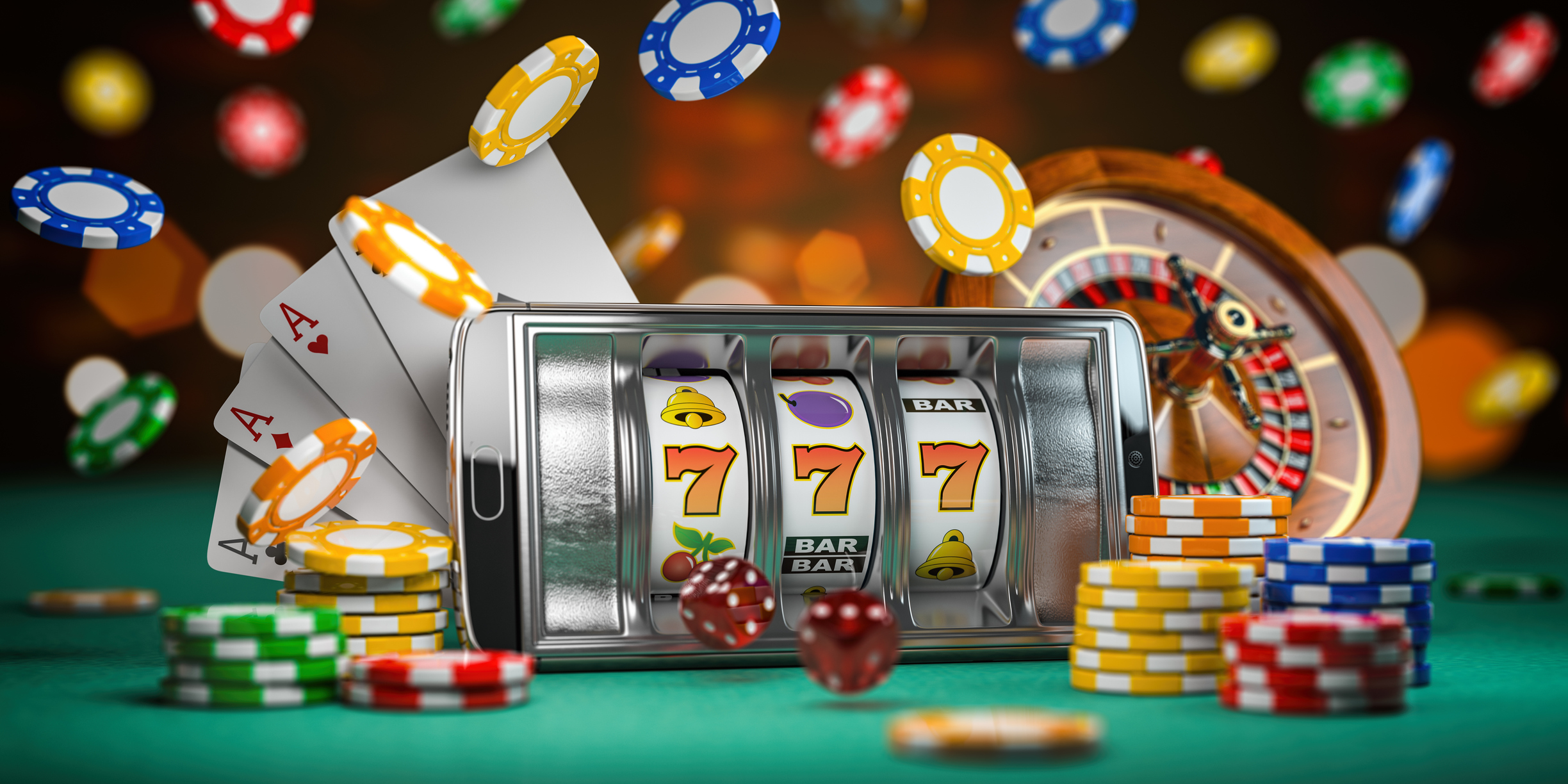Gambling games have long captivated human interest, drawing participants into a universe filled with fortune, tactics, and the allure of adventure. Each activity is painstakingly crafted not just for entertainment, but also to evoke specific emotional responses that keep gamblers involved and committed. Understanding the reasons behind these designs reveals much about how behavioral psychology plays a vital role in the gaming experience.
From the dazzling lights and vibrant sounds to the intricate layering of guidelines and incentives, casino games are designed to create an atmosphere of anticipation and eagerness. Game designers leverage behavioral strategies to influence participant behavior, whether through the use of jackpots, near-miss scenarios, or community engagement. By examining these elements, we can better appreciate how casino games fulfill not just a need for entertainment, but underlying psychological needs for excitement and risk.
Understanding Player Actions
Casino games are crafted with a thorough comprehension of player psyche, which is vital for luring and holding players. The excitement of the game, coupled with the expectation of winning, produces a strong allure. Game designers utilize elements like sonic elements, colorful graphics, and captivating gameplay to capture attention and elicit emotional responses. These sensory effects enhance the total environment, making players feel more involved in the game.

Another significant aspect of player behavior is the idea of risk and reward. Casino games often weigh high-risk scenarios with the potential for substantial rewards, which can lead to the occurrence known as near-miss experience. When players come close to winning, the brain produces dopamine, reinforcing their behavior and motivating them to keep playing in pursuit of that fleeting win. This cycle of anticipation and disappointment plays a crucial role in how games are structured and promoted.
Lastly, community aspects also play a pivotal role in player behavior at casinos. Many games are designed to be played in pairs or with other players, fostering a sense of belonging and collective experience. The interaction inherent in games like blackjack enhances enjoyment and can lead to longer play sessions. Designers capitalize on this by crafting environments that invite players to stay, connect, and return, making the overall casino experience more attractive.
The Role of Visuals and Audio
Imagery and audio play a crucial role in improving the player’s experience within casino games. Designers utilize bright colors, eye-catching graphics, and engaging animations to attract players’ attention and maintain their interest. The use of themes, such as exploration or luxury, helps create an enthralling atmosphere that takes players into another world. By connecting to the senses, these elements add to a heightened emotional response, encouraging players to engage more profoundly with the games.
Audio design is just as important in enhancing the experience of casino games. The combination of background music, audio effects for winning combinations, and ambient noises creates an auditory landscape that keeps players fascinated. Sounds associated with wins, such as chiming bells or celebratory music, evoke feelings of thrill and satisfaction, encouraging players to keep playing. These sound cues are carefully placed to amplify the thrill of the game and create a more engaging experience.
Moreover, the alignment of imagery and audio is essential for reinforcing the game’s overall concept and atmosphere. Each element should align harmoniously to create a cohesive experience that pulls players in. The effective use of this integration not only enhances user enjoyment but also increases the chances of return play, as players become more invested in the immersive world that the gambling games offer. This thoughtful combination of visuals and audio ultimately enhances player engagement and loyalty. 9bet
Incentive Structures and Participation
The design of gambling experiences heavily depends on incentive structures to ensure participants engaged and returning for additional experiences. These systems are based in behavioral principles that take advantage of human nature and motivation. Participants are often motivated by the excitement of success, which is reinforced by instant feedback through the game’s design. This instant gratification not just improves the overall experience but also cultivates a sense of achievement, encouraging participants to keep playing in hopes of bigger rewards.
Gaming establishments utilize various incentive systems, such as jackpots, bonuses, and multipliers, to captivate players. These elements create a layer of excitement that sustains interest. Additionally, the unpredictability of results plays a significant role in keeping attention. The intermittent reinforcement schedule, where wins are unpredictable but occur often enough, keeps players on edge and motivated to keep playing. This cycle of hope and anticipation is foundational to the effectiveness of casino games.
In addition, community aspects, such as tournaments and collaborative options, boost the engagement factor by leveraging the desire to compete of participants. The communal aspect of playing with others can amplify the thrill of success and create a community atmosphere within the casino. By integrating these community elements with effective incentive structures, casino games don’t just offer entertainment but also nurture a stronger connection among players, solidifying their commitment to the overall experience.
